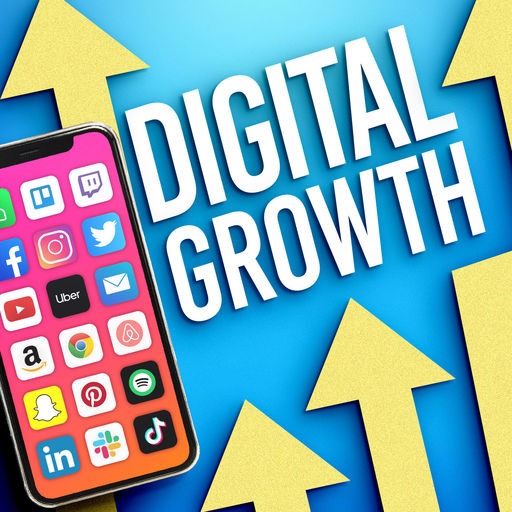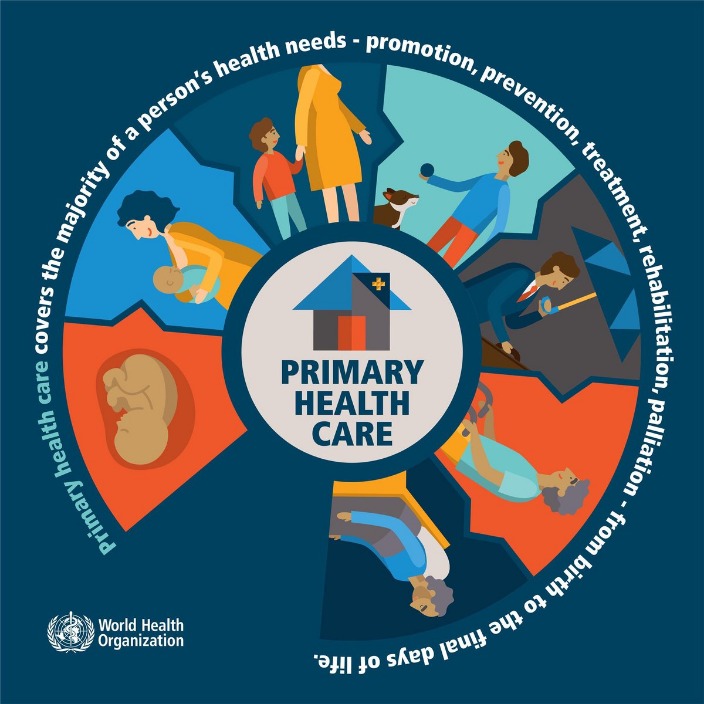The healthcare landscape is undergoing a significant transformation, driven by technological advancements. One of the pivotal developments in this arena is remote patient monitoring (RPM). This cutting-edge approach empowers healthcare providers to track patients’ health data in real time, ensuring timely interventions and improved patient outcomes.
Understanding Remote Health Monitoring
Remote health monitoring, also known as remote patient monitoring, involves the use of digital technologies to collect health data from patients in one location and electronically transmit it to healthcare providers in a different location. This system leverages various tools such as wearable devices, mobile apps, and internet-enabled sensors to gather comprehensive health data.
The Role of RPM Platforms
An automated rpm platform acts as the backbone of any effective remote health monitoring system. These platforms are designed to seamlessly integrate with various health monitoring devices to collect and analyze data. They provide healthcare professionals with actionable insights, allowing for proactive management of patient health.
Benefits of Remote Patient Care
Remote patient care offers numerous advantages. It grants patients the freedom to remain in their homes while still being under continuous medical supervision. This approach reduces hospital readmissions, improves chronic disease management, and enhances the overall patient experience. Moreover, RPM platforms facilitate early detection of potential health issues, enabling swift interventions.
Innovative RPM Software Solutions
The evolution of rpm software has been remarkable. Modern software solutions are equipped with sophisticated algorithms that can predict health anomalies and provide alerts to healthcare providers. These platforms also support seamless communication between patients and healthcare teams, ensuring a cohesive care continuum.
Conclusion
In essence, remote patient monitoring symbolizes a paradigm shift in healthcare delivery. By utilizing advanced technologies and remote patient care strategies, the medical community is stepping into an era of proactive and patient-centric care. As health systems continue to embrace these innovations, the future of healthcare looks promising, with improved patient outcomes and a more efficient healthcare ecosystem.




